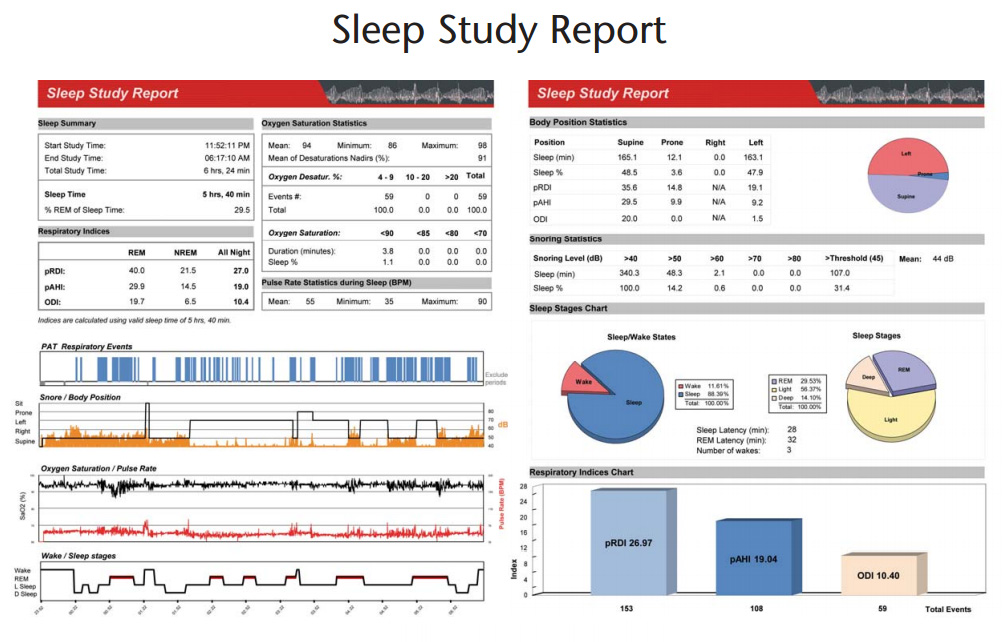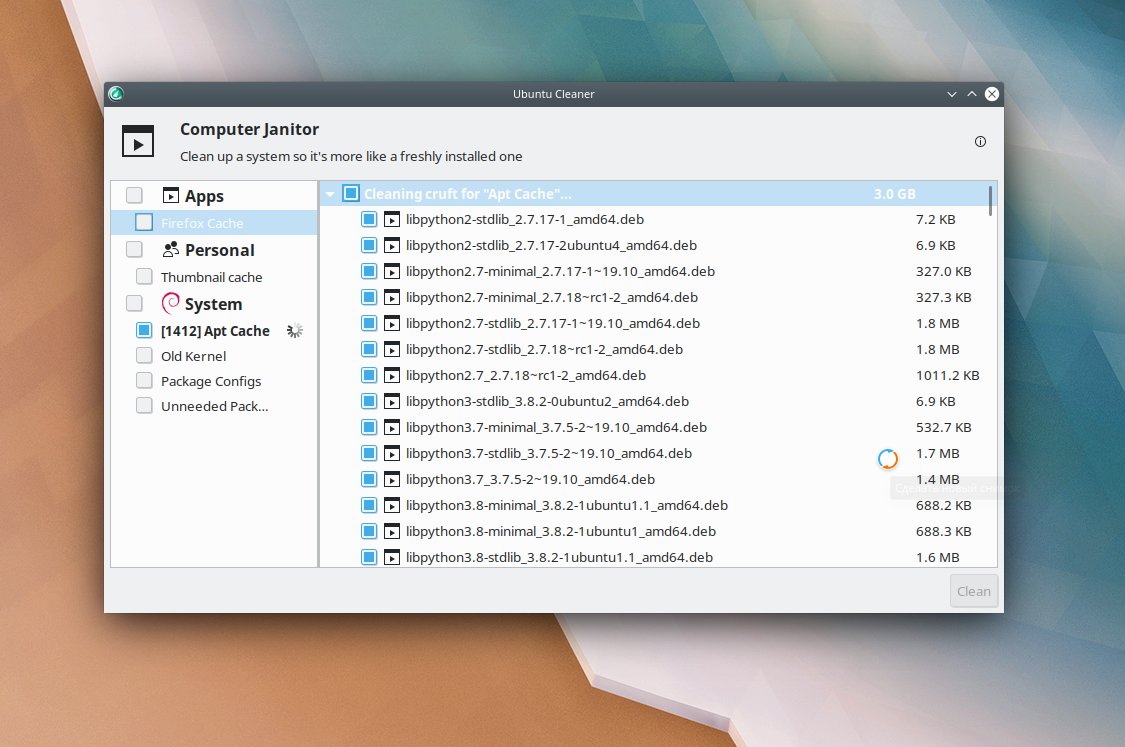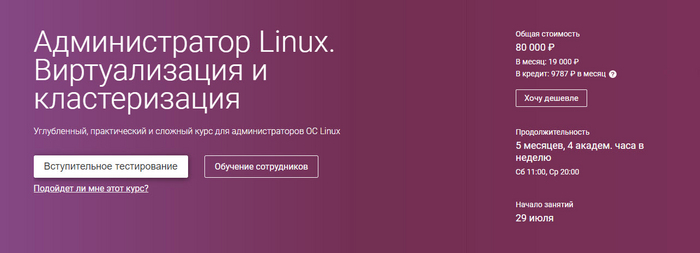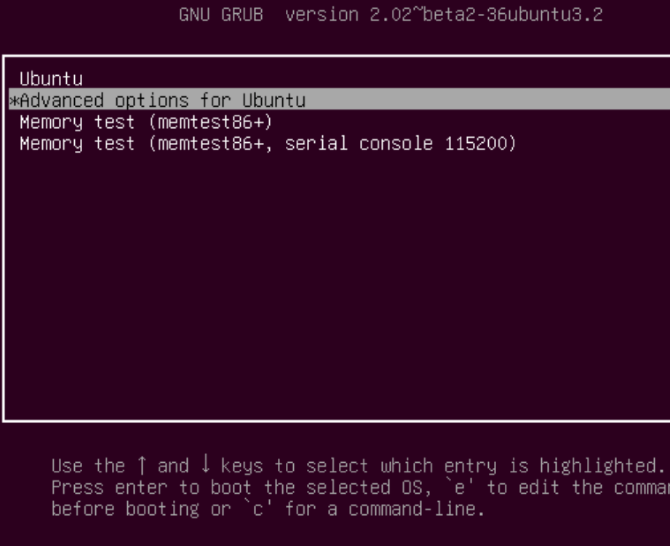Как в Windows 10 создать отчет об исследовании сна
В Windows 8 разработчиками Microsoft была представлена новая функция управления электропитанием Connected Standby в Windows 8.1 и 10 известная как InstantGo. Работающая на уровне железа, функция обеспечивает подключение компьютера к интернету даже в состоянии сна, благодаря чему запущенные фоновые приложения могут получать уведомления по сети, выполнять задачи по синхронизации данных и так далее.
Однако, далеко не все компьютеры поддерживают Connected Standby. Чтобы иметь возможность пользоваться ее преимуществами, ноутбук или планшет должен поддерживать драйвера NDIS и режим Secure Boot , а системный загрузчик должен располагаться на SSD -диске.
Проверить, сможет ли ваше устройство работать с InstantGo нетрудно, достаточно выполнить в командной строке или консоли PowerShell команду powercfg /a . Упоминание Standby в возвращенном консолью отчете будет означать, что «режим смартфона» поддерживается оборудованием. Если так, возможно, вам будет интересно знать, что наряду с InstantGo, Windows 10 поддерживает также функцию «Sleep Study report» или «Отчет об исследовании сна».
Данный отчет представляет собой HTML -файл с различными данными, касающимися поведения системы во время сна. В частности, в нём будет указана продолжительность сна, источник питания, данные о конфигурации аппаратной платформы и операционной системы, аккумуляторе и его разрядке, а также много других дополнительных сведений, представленных в текстовом и графическом виде. Создать отчет об исследовании сна нетрудно.
Запустите от имени администратора командную строку и выполните такую команду:
Файл отчета будет сохранен в корне диска D, его также можно сохранить в любое другое расположение — на рабочий стол или в папку на пользовательском томе. Содержащиеся в нём сведения будут включать события за последние три дня. Команда может принимать несколько аргументов, в том числе позволяющих указать свой период для получения отчета. Справку можно вывести командой powercfg /sleepstudy /? .
Найдите, что разряжает батарею устройства с Windows Sleep Study Tool
Windows Sleep Study Tool – это новый инструмент от Microsoft, который помогает вам изучать, что именно расходует заряд батареи на компьютере с поддержкой Windows 10/8.1 InstantGo. InstantGo , как мы объяснили ранее, – это новый режим питания на некоторых устройствах Windows 8/8.1/10, который позволяет вашей системе спать во время обновления приложений в фоновом режиме, сохраняя ее готовой к возобновлению при необходимости.
Сообщение в блоге от Microsoft объясняет, что даже в спящем состоянии ваша система продолжает работать, хотя и с меньшей частотой. Это упражнение потребляет электроэнергию, а разряд батареи не очень заметен. Здесь Windows 8.1 Sleep Study Tool играет свою роль. Инструмент генерирует отчет в виде файла HTML, в котором вы можете увидеть пять основных причин, по которым у вашего устройства заканчивается заряд батареи в тот момент, когда вам это нужно больше всего.
Windows Sleep Study Tool
Сначала вы должны определить, поддерживает ли ваше аппаратное и программное обеспечение InstantGo, введя powercfg/a в окне командной строки, а затем посмотреть, включен ли режим ожидания (подключен) в список состояний сна :
Если он существует, вы можете запустить инструмент для просмотра всех сеансов сна, которые длятся более 10 минут на вашем компьютере, и предоставить вам отчет, который цветовой кодирует каждый сеанс в соответствии с его потреблением энергии. Запуск powercfg sleepstudy создаст отчет sleepstudy-report.html , который можно открыть в любом браузере.
Сеанс определяется как период от выключения экрана до включения экрана. В случаях, когда система подключена к источнику переменного тока, политики менее строгие, чем при питании от батареи. И хотя инструмент по-прежнему отслеживает подключенную работу в режиме ожидания при питании от сети переменного тока, более полезно выявлять неожиданные разряды батареи или питания от сети постоянного тока.
Sleep Study – очень полезный инструмент для отслеживания расхода заряда аккумулятора в режиме ожидания в системе с поддержкой InstantGo. Это помогает пользователям лучше понять, как различные действия могут повлиять на срок службы батареи.
Вы можете прочитать больше о Sleep Study Tool в Microsoft.
Disable / Remove Windows 10 Sleep Study
Please tell me how I can Disable / Remove Windows 10 Sleep Study
Windows 10 incorrectly identifies my desktop as a tablet, most likely because I am using a Dell touch screen monitor. I want to disable and remove the «Sleep Study» and all components as it is an unnecessary drain on system resources. Please note, this is a DESKTOP system with no battery, no need to monitor screen on times or sleep times. I have tried everything I can find including stopping «ScreenOnPowerStudyTraceSession» in Performance Monitor and setting output files to Read Only. Nothing works. Please help.
Replies (9)
You may disable all Sleep-related settings by following these steps:
- Type Control Panel from the Cortana search bar, then choose the Control Panel app from the best match result.
- Choose the Large icons option from the View by drop-down list found on the upper-right part of the Control Panel window.
- Locate then select Power Options.
- Click the Change plan settings link beside the selected Preferred plan.
- Click Change advanced power settings.
- Locate and open all the options under Sleep.
- Turn OFF all the options that is under Sleep.
- Click the Apply button, then OK.
Let us know the result.
5 people found this reply helpful
Was this reply helpful?
Sorry this didn’t help.
Great! Thanks for your feedback.
How satisfied are you with this reply?
Thanks for your feedback, it helps us improve the site.
How satisfied are you with this reply?
Thanks for your feedback.
As suggested, I reviewed settings at:
Control Panel -> Power Options -> Change Plan Settings -> Change Advanced Power Settings -> Sleep
SETTINGS BEFORE:
Sleep after: Never
Allow hybrid sleep: On
Hibernate after: Never
Allow wake timers: Enable
SETTINGS CHANGED TO:
Sleep after: Never
Allow hybrid sleep: Off
Hibernate after: Never
Allow wake timers: Disable
Then I deleted these files:
Windows\System32\SleepStudy\UserNotPresentSession.etl
Windows\System32\SleepStudy\ScreenOn\ScreenOnPowerStudyTraceSession-####-##-##-##-##-##.etl
(About 20 files here in the last two days)
And then rebooted.
Since then I have had five new .etl files appear. Apparently the fix we tried didn’t work. (But obviously thank you very much for giving me something to try!) Any other suggestions?
PS — I did recheck all settings; they held / did not revert back to previous values.
3 people found this reply helpful
Was this reply helpful?
Sorry this didn’t help.
Great! Thanks for your feedback.
How satisfied are you with this reply?
Thanks for your feedback, it helps us improve the site.
How satisfied are you with this reply?
Thanks for your feedback.
We appreciate you providing us those information.
Have you tried using a different user account and still getting the same issue? If not, here’s how to create another administrator account in Windows 10.
You may also run the following scans to repair missing or corrupted system files:
- System File Checker
The System File Checker or SFC is a utility in Windows that allows users to scan for corruptions in Windows system files and restore these corrupted files. - DISM or System Update Readiness tool
The DISM or Deployment Image Servicing and Management can help you fix some Windows corruption errors as well.
Let us know the result.
Was this reply helpful?
Sorry this didn’t help.
Great! Thanks for your feedback.
How satisfied are you with this reply?
Thanks for your feedback, it helps us improve the site.
How satisfied are you with this reply?
Thanks for your feedback.
34 people found this reply helpful
Was this reply helpful?
Sorry this didn’t help.
Great! Thanks for your feedback.
How satisfied are you with this reply?
Thanks for your feedback, it helps us improve the site.
How satisfied are you with this reply?
Thanks for your feedback.
Should probably mention that even a Desktop System usually has a battery.
It helps your clock keep the correct time. 😉
1 person found this reply helpful
Was this reply helpful?
Sorry this didn’t help.
Great! Thanks for your feedback.
How satisfied are you with this reply?
Thanks for your feedback, it helps us improve the site.
How satisfied are you with this reply?
Thanks for your feedback.
Your suggestions have absolutely noting to do with the original question.
There is no reason for this «SleepStudy» to be creating an endless list of .etl files on my computer. I want to remove it completely from MY computer. Let me say that again: it’s MY computer. I should have complete freedom to remove anything from it that I don’t want on it! If doing so bricks my PC, so be it. That’s MY problem since it’s MY PC!
The takeown and ICACLS commands get me ownership of the folders but access to the ScreenOnPowerStudyTraceSession file is still denied. The takeown and ICACLS don’t work.
How do I unlock the SleepStudy folder and files so they can be deleted permanently?
25 people found this reply helpful
Was this reply helpful?
Sorry this didn’t help.
Great! Thanks for your feedback.
How satisfied are you with this reply?
Thanks for your feedback, it helps us improve the site.
How satisfied are you with this reply?
Thanks for your feedback.
Yes, if you are able to take full control of the folders, you can completely delete the Sleep Study folder from the System 32 folder. I have done so many, many times. But that is of no real importance, because the Sleep Study folders and a new batch of *.etl files will reappear overnight.
The Sleep Study process is smart enough to create the necessary folders if they do not exist, and promptly begins filling them with more files. I would still like to find a permanent fix for this issue but to be honest, I have not spent a lot of time on it lately. I’ve thought about adding a simple batch file to my start up that will delete the files, but that would make it difficult to know if the files were still being produced. It would remove the incentive to find a way to terminate and remove the process that is creating the mess.
I will look at it again as time permits, but if anyone actually KNOWS how to curtail the Sleep Study process, don’t be shy about sharing your success. 🙂
7 people found this reply helpful
Was this reply helpful?
Sorry this didn’t help.
Great! Thanks for your feedback.
How satisfied are you with this reply?
Thanks for your feedback, it helps us improve the site.
How satisfied are you with this reply?
Thanks for your feedback.
Having taken ownership of the 2 folders, I tried something I saw in another post.
«I found a solution for this problem, by setting «UserNotPresentSession.etl» to Read-only.
- Go to: «C:\Windows\System32\SleepStudy».
- Click the right mouse button on file: «UserNotPresentSession.etl» and then «Properties» from the list.
- Check «Read-only» checkbox and save changes.
- IMPORTANT: Restart your computer.«
This didn’t work when I tried it b4 taking ownership of the folders. When I tried to set the files to read only I got one of the usual you can’t do that messages. However, having taken ownership of the folders, for some reason, when I set the files to Read-only it stuck.
When applying Read-only status I did NOT click the Apply button, just OK. I restarted my computer with the explorer window still open. Don’t really know if that matters. Now both files are maintaining the Read-only status and it seems no more ScreenOnPowerStudyTraceSession.etl files are being written. This may prove to be wishful thinking as I’m actually expecting the files to reappear at some point. Just a hunch. I’ll confirm one way or the other in a little while.
8 people found this reply helpful
Was this reply helpful?
Sorry this didn’t help.
Great! Thanks for your feedback.
How satisfied are you with this reply?
Thanks for your feedback, it helps us improve the site.
Windows Sleep Study Tool поможет вам узнать, что разряжает батарею
Инструмент исследования сна Windows – это новый инструмент от Microsoft, который поможет вам изучить, что именно разряжает вашу батарею на компьютере с поддержкой Windows 10 / 8.1 InstantGo. InstantGo, как мы объясняли ранее, это новый режим питания на некоторых устройствах с Windows 10 / 8.1, который позволяет вашей системе переходить в спящий режим при обновлении приложений в фоновом режиме, поддерживая ее готовность к возобновлению при необходимости.
В сообщении в блоге Microsoft объясняется, что даже в спящем состоянии ваша система продолжает работать, хотя и с меньшей частотой. Это упражнение потребляет электроэнергию, и разряд батареи не всегда заметен. Здесь свою роль играет Windows Sleep Study Tool. Инструмент создает отчет в виде HTML-файла, в котором вы можете увидеть пять основных причин, по которым ваше устройство разряжается от батареи, в то время, когда вам это нужно больше всего.
Инструмент исследования сна Windows
Сначала вы должны определить, поддерживает ли ваше оборудование и программное обеспечение InstantGo, введя следующее в окно командной строки, а затем проверим, включен ли режим ожидания (подключен) в список состояний сна:
Если он существует, вы можете запустить инструмент, чтобы просмотреть все сеансы сна, которые длятся более 10 минут на вашем ПК, и предоставить вам отчет, в котором каждый сеанс кодируется цветом в соответствии с его потребляемой мощностью. Бег следующая команда создаст сон -report.html отчет, который можно открыть в любом браузере:
Сеанс определяется как период от отключения экрана до включения экрана. В случаях, когда система подключена к источнику переменного тока, правила менее строгие, чем при питании от батареи. И хотя инструмент по-прежнему отслеживает активность подключенного режима ожидания от сети переменного тока, он более полезен для выявления неожиданного разряда батареи или источника постоянного тока.
Sleep Study – очень полезный инструмент для отслеживания разряда батареи в спящем режиме в системе с функцией InstantGo.
Это помогает пользователям лучше понять, каким образом различные действия могут влиять на срок службы батареи.













